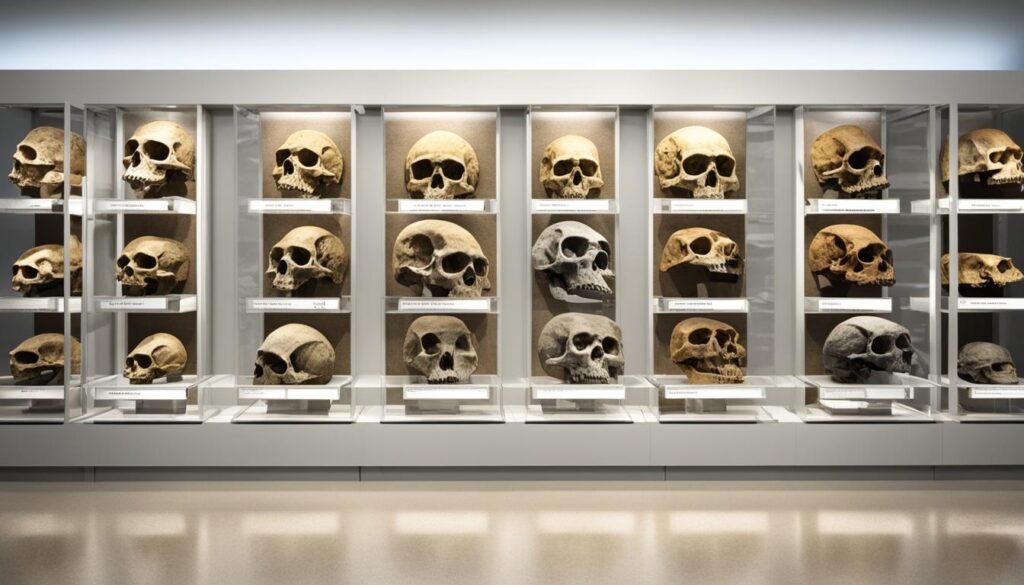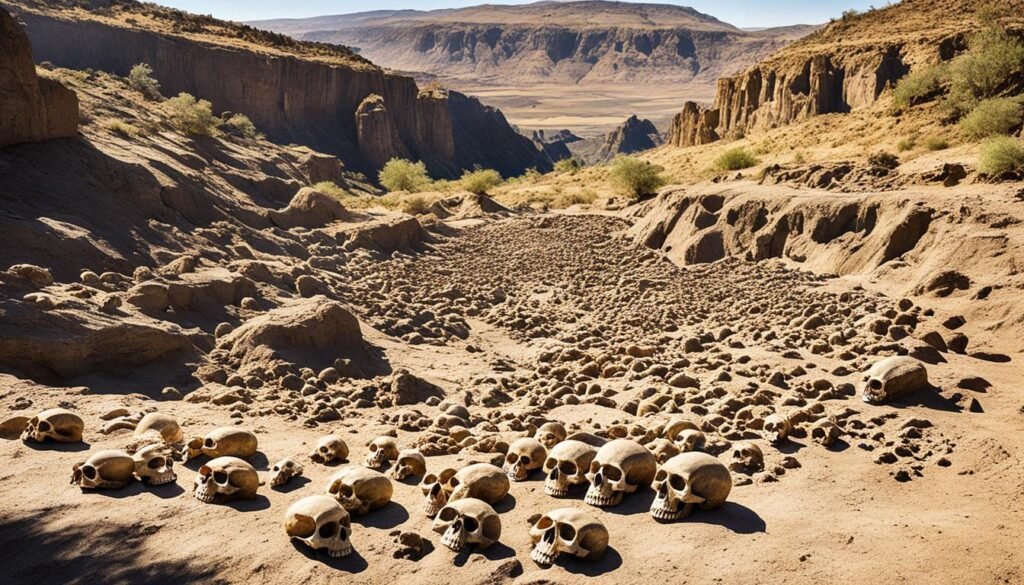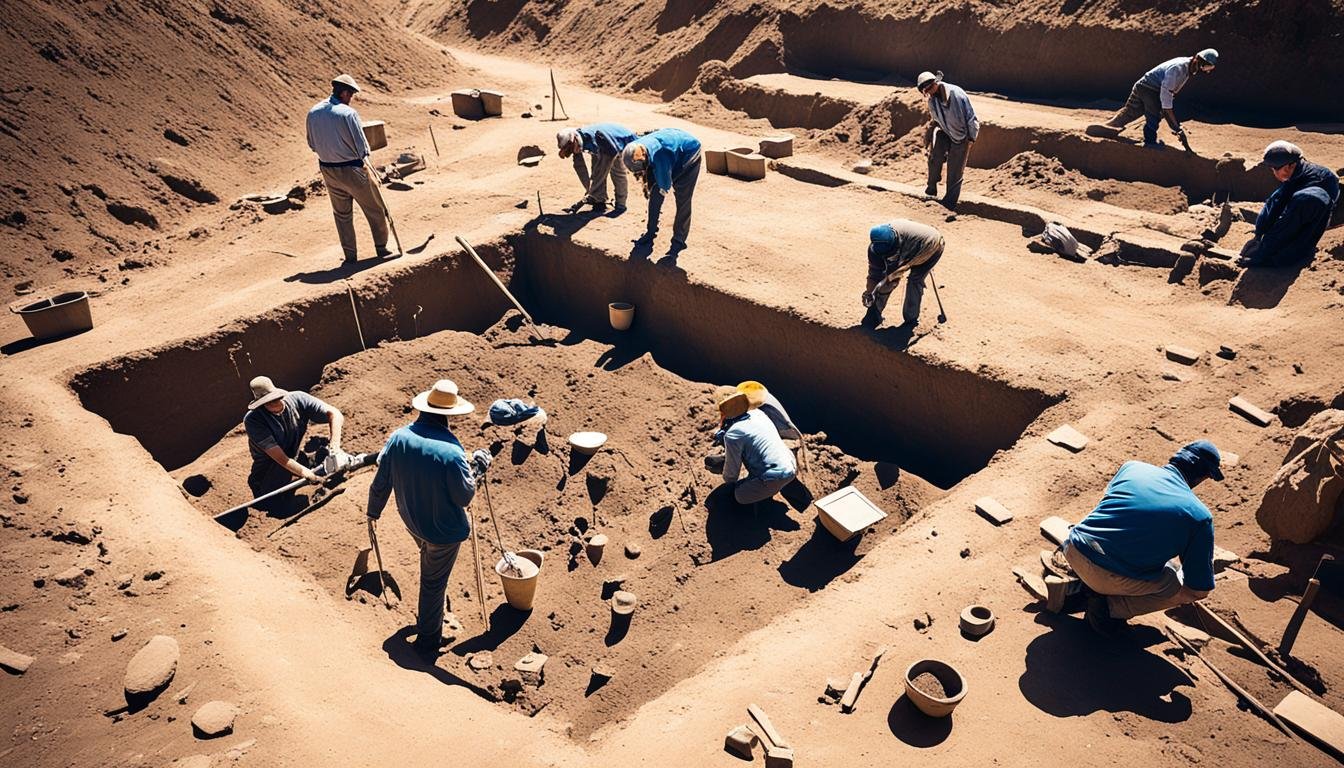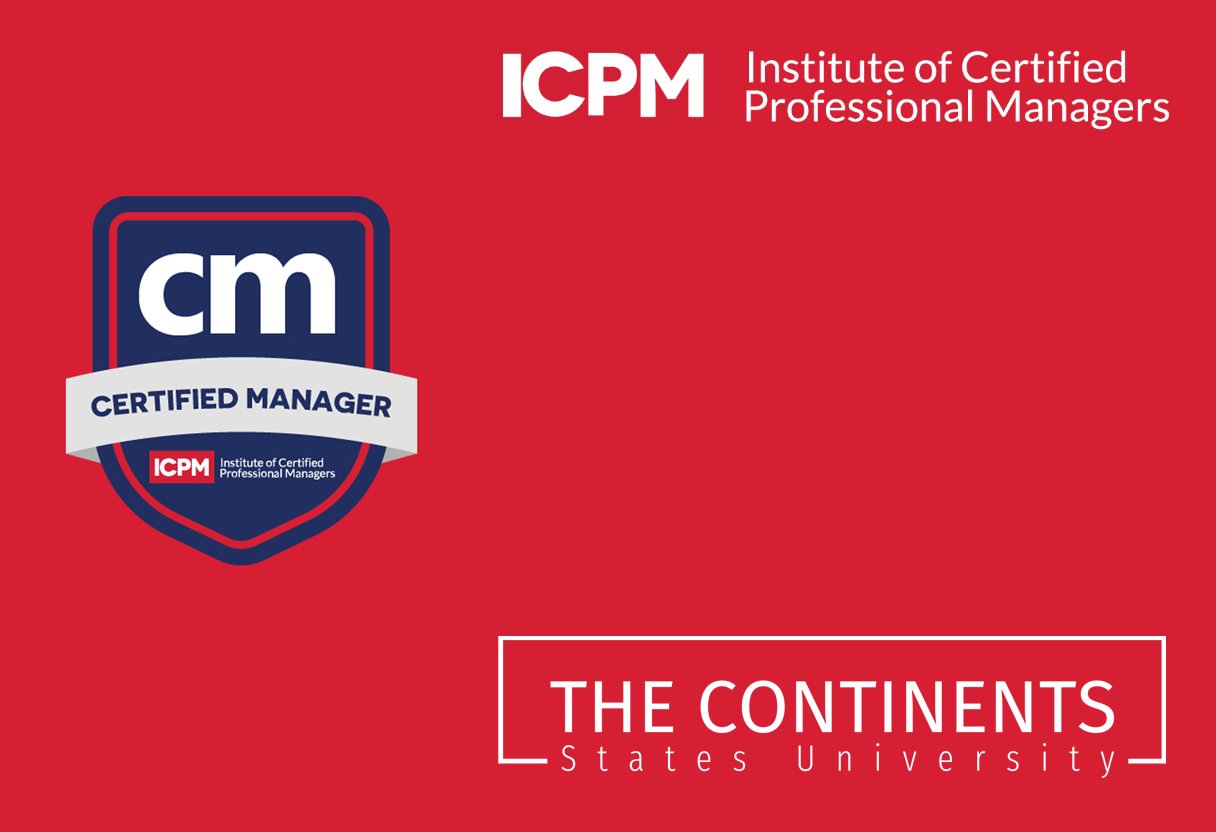Imagine a time when the cradle of humanity was a lush, verdant landscape, teeming with a diverse array of early hominid species. This is the captivating story that unfolds in the heart of Ethiopia’s Afar Regional State, where scientists have unearthed the jawbone of what they claim is one of the very first humans, dated to a staggering 2.8 million years old.
This remarkable discovery, made in the bustling city of Addis Ababa, pushes back the origins of our species by a remarkable 400,000 years, providing a crucial link between the iconic 3.2 million-year-old “Lucy” fossil and the emergence of Homo erectus. This find not only sheds light on the evolution of early hominids but also suggests that climate change may have been a driving force in the transition from tree-dwelling to upright walking.
The Afar Regional State, situated within the vast expanse of the East African Rift Valley, has long been a epicenter for early human origins research, with a wealth of archaeological sites and hominid fossils that have captivated the attention of anthropologists and paleontologists worldwide.
Key Takeaways
- The discovery of a 2.8 million-year-old jawbone in Ethiopia’s Afar Regional State pushes back the origins of our species by 400,000 years.
- This find provides a crucial link between the iconic “Lucy” fossil and the emergence of Homo erectus, bridging a significant gap in the fossil record.
- The Afar Regional State, part of the East African Rift Valley, has long been a hotbed for early human origins research, with a wealth of archaeological sites and hominid fossils.
- Climate change may have been a driving force in the transition from tree-dwelling to upright walking among early hominids.
- The city of Addis Ababa, the capital of Ethiopia, has played a central role in these groundbreaking discoveries, cementing its place as a hub for anthropological and paleontological research.
Ethiopia: Early Human Origins Research Addis Ababa Ethiopia
The extraordinary discoveries in the region around Addis Ababa, Ethiopia have revolutionized our understanding of early human origins. Anthropologists and paleontologists have unearthed a treasure trove of hominid fossils, including the famous “Lucy” skeleton, which have shed new light on the evolution of Homo sapiens.
The Rift Valley in Ethiopia, a renowned hot spot for early human origins research, has yielded numerous archaeological sites that have captured the attention of the scientific community worldwide. This region, nestled in the heart of the East African Rift Valley, has been the focus of extensive research since the 1980s, with joint efforts by researchers from the United States and Ethiopia.

The discoveries in this area have pushed back the timeline of human evolution, with the earliest known human ancestor fossils dating back to between 5.2 and 5.8 million years ago. These findings predate the previously oldest-known fossils by almost a million years, offering a tantalizing glimpse into the origins of our species.
The wealth of hominid fossils found in the Addis Ababa region, including the iconic “Lucy” fossil, have been instrumental in piecing together the evolutionary puzzle of Homo sapiens. These remarkable discoveries continue to captivate the world of anthropology and paleontology, as researchers unravel the mysteries of our distant past.
Jawbone Discovery: A Glimpse into the First Humans
In the heart of the East African Rift Valley, in the Ledi-Geraru research area of Ethiopia, a groundbreaking discovery has shed new light on the early human origins. A 2.8 million-year-old jawbone fossil, found by Ethiopian student Chalachew Seyoum, has provided a crucial link in the understanding of human evolution. This remarkable fossil, which includes the left side of the lower jaw and five teeth, is considered a transitional form between the species Australopithecus afarensis (commonly known as “Lucy”) and later humans.
Million-Year-Old Fossil Sheds Light on Human Evolution
The discovery of this ancient jawbone fossil, dating back to over two and a half million years ago, has ignited excitement within the fields of Anthropology and Paleontology. The smaller back molar teeth found in the fossil are one of the distinguishing features that set humans apart from our more primitive ancestors, bridging the gap between the Lucy fossil and the later emergence of Homo erectus.
Bridging the Gap Between Lucy and Homo Erectus
The Ledi-Geraru jawbone fossil represents a crucial transitional form between the earlier Australopithecus afarensis and the later Homo erectus, a species considered a direct ancestor of modern humans. This discovery provides a valuable glimpse into the evolutionary journey that led to the emergence of Homo sapiens, our own species, and offers a deeper understanding of the complex and fascinating story of human origins.
Climate Change: A Driving Force in Human Evolution
The early human origins research conducted in Addis Ababa, Ethiopia has shed light on how climate change played a pivotal role in the evolution of our ancestors. Anthropological and paleontological evidence suggests that the once lush forests of the East African Rift Valley gradually transformed into dry grasslands, forcing the hominid fossils, including the renowned Lucy fossil, to adapt to the changing environment.
From Lush Forests to Dry Grasslands
Analysis of the archaeological sites in the region reveals that the once-thriving ecosystem, rich in diverse plant and animal life, underwent a significant shift towards a more arid landscape. This transition, driven by climate change, compelled our early human ancestors to evolve new survival strategies, ultimately shaping the course of Homo sapiens evolution.
Adaptation and Survival in Changing Environments
As the forests gave way to grasslands, the early hominids were forced to adapt to the new environmental niche. This adaptation likely involved the development of larger brains, a decreased reliance on large jaws and teeth, and the increased use of tools to exploit the changing landscape. These changes were crucial for the survival and continued evolution of our species within the East African Rift Valley.

Redefining the Human Lineage
The groundbreaking discoveries of early human origins research in Addis Ababa, Ethiopia, have challenged our understanding of the human lineage. The unearthing of a 2.8 million-year-old jawbone fossil and the reassessment of the age of the Omo I remains have pushed back the timeline for the transition to early humans.
Anthropologists and paleontologists working in the East African Rift Valley have uncovered a wealth of hominid fossils, including the famous Lucy fossil, that shed light on the evolution of our species. These findings suggest that the origins of Homo sapiens may have been far more complex than previously thought, with multiple species of humans co-existing in Africa around two million years ago.

The discovery of the early jawbone fossil challenges the traditional view of a linear human lineage, hinting at the possibility of parallel origins and coexisting species. This revelation is set to redefine our understanding of the evolutionary journey that led to the emergence of modern humans. As researchers continue to unravel the mysteries of the past, the story of our origins is becoming increasingly intricate and fascinating.
Dating Techniques: Unveiling the Mysteries of the Past
Unraveling the mysteries of early human origins in the East African Rift Valley, particularly in Addis Ababa, Ethiopia, has been a collaborative effort between anthropologists, paleontologists, and archaeologists. The age of the remarkable fossil discoveries, including the iconic Lucy fossil, has been meticulously determined using advanced dating techniques.
Argon-Argon Laser Heating and Geomagnetic Polarity
One of the primary methods employed is the argon-argon laser heating technique, which allows researchers to precisely date the volcanic ash layers associated with the hominid fossils. By analyzing the geomagnetic polarity of these ash deposits, scientists can establish a chronological framework that sheds light on the evolutionary timeline of Homo sapiens and their ancestors.
Biochronological Analysis and Cross-Validation
In addition to the argon-argon method, researchers also rely on biochronological analysis, which involves the study of fossil flora and fauna found alongside the hominid remains. By cross-validating the results from multiple dating techniques, including geomagnetic polarity and biochronological analysis, scientists can confidently establish the age of these remarkable archaeological sites in the East African Rift Valley, furthering our understanding of early human origins and evolution.

The Omo I Remains: Pushing Back the Origins of Humanity
The early human origins research conducted in Addis Ababa, Ethiopia, has uncovered remarkable fossil discoveries that continue to redefine our understanding of Homo sapiens’ evolution. One such significant find is the Omo I remains, unearthed in the Omo Kibish Formation of southwestern Ethiopia. This groundbreaking discovery has pushed back the timeline for the origins of humanity, with new research suggesting the fossils are much older than previously thought.
Reassessing the Age: Older Than Previously Thought
Earlier estimates had suggested the Omo I fossils were less than 200,000 years old. However, the latest research has revealed a startling conclusion – the fossils must be older than a colossal volcanic eruption that took place 230,000 years ago in the East African Rift Valley. This dramatic revision of the timeline has profound implications for our understanding of the Anthropology, Paleontology, and Hominid fossils that shaped the evolution of Homo sapiens in this region.
Dating Volcanic Eruptions and Ash Layers
The key to this reassessment lies in the meticulous dating of the volcanic ash layers above and below the Omo I fossil deposits. By employing advanced techniques like argon-argon laser heating and geomagnetic polarity analysis, researchers were able to establish a more precise chronology for these archaeological sites. This groundbreaking work has not only pushed back the origins of humanity but also shed new light on the Lucy fossil and its place in the East African Rift Valley’s rich hominid fossil record.
Unraveling the Evolutionary Puzzle
The groundbreaking discoveries in the Addis Ababa region of Ethiopia have contributed to a more complex and nuanced understanding of early human origins and evolution. Anthropologists and paleontologists have uncovered a treasure trove of hominid fossils, including the renowned “Lucy” fossil, that have challenged the traditional linear view of Homo sapiens evolution.
Emerging evidence suggests the possibility of parallel origins and the coexistence of multiple human species in the East African Rift Valley around two million years ago. This revelation has led researchers to redefine the very definition of what it means to be human, as they grapple with the question of whether traits like small teeth, large brains, long legs, or tool-making should be the defining characteristics of our earliest ancestors.
Parallel Origins and Coexisting Species
The archaeological sites in Ethiopia have yielded fossils that point to the possibility of multiple human lineages emerging simultaneously in the region. This challenges the long-held belief of a single, linear evolutionary path from early hominids to Homo sapiens. The discovery of diverse species, such as Australopithecus and Homo, living side-by-side suggests a more complex and dynamic process of human evolution.
Redefining the Definition of Humanity
The findings from the early human origins research in the Addis Ababa region have forced scholars to re-examine the criteria used to define our species. Traditionally, traits like advanced tool-making, large brain size, and bipedal locomotion have been considered the hallmarks of humanity. However, the co-existence of various hominid species with varying physical and behavioral characteristics has challenged this narrow definition.
Researchers are now grappling with the question of whether a single set of attributes should determine what it means to be human, or if a more nuanced and inclusive approach is needed to encompass the diverse evolutionary pathways that led to the emergence of Homo sapiens.
The Resilience of Early Humans
The discoveries in the Middle Awash region of Ethiopia, an area characterized by intense geological activity and volcanic eruptions, suggest that early humans were remarkably resilient. These early human ancestors, including the famous Lucy fossil, were able to survive and thrive in such a hostile environment. The region’s natural migration corridors and resource abundance, including the availability of materials for tool-making, may have contributed to the success of these early hominids and their ability to adapt to changing conditions.
Surviving and Thriving in Hostile Environments
The archaeological sites in the East African Rift Valley, such as those found in Addis Ababa, Ethiopia, have provided invaluable insights into the early human origins research. The presence of well-preserved Anthropology and Paleontology evidence, including Hominid fossils, has shed light on how these early Homo sapiens ancestors were able to adapt and survive in the face of significant environmental challenges.
Natural Migration Corridors and Resource Abundance
The region’s natural migration corridors and resource abundance, including the availability of materials for tool-making, may have played a crucial role in the success of these early human ancestors. The Lucy fossil, discovered in the Rift Valley, represents a significant step in the evolution of our species, bridging the gap between earlier Hominid fossils and the more advanced Homo erectus. These early humans’ ability to navigate and utilize the resources of their environment was essential for their survival and eventual migration across Africa and beyond.
Conclusion
The groundbreaking fossil discoveries in Ethiopia’s Addis Ababa region have significantly advanced our understanding of early human origins and evolution. From the jawbone fossil that pushes back the emergence of Homo sapiens to the reassessment of the Omo I remains, these findings have challenged our traditional timelines and definitions of humanity. The research in this region, enabled by the collaboration of scientists from the United States and Ethiopia, continues to unveil the mysteries of our evolutionary past and the resilience of our earliest ancestors.
The early human origins research conducted in the Addis Ababa area of Ethiopia has become a cornerstone of Anthropology and Paleontology, shedding light on the hominid fossils and the evolution of Homo sapiens. The discovery of the Lucy fossil and its subsequent analysis has revolutionized our understanding of the East African Rift Valley’s role as a cradle of human civilization. These archaeological sites in Ethiopia have become vital in redefining the human lineage and the adaptability of our species.
As the research in Addis Ababa continues, the scientific community eagerly awaits the next groundbreaking discovery that may further push the boundaries of our knowledge about the origins and evolution of humanity. The resilience and adaptability of our earliest ancestors, as evidenced by their ability to thrive in the ever-changing environments of the East African Rift Valley, serve as a testament to the enduring spirit of human exploration and the pursuit of understanding our past.
Source Links
- ‘First human’ discovered in Ethiopia – https://www.bbc.com/news/science-environment-31718336
- Earliest Human Ancestors Discovered In Ethiopia; Discovery Of Bones And Teeth Date Fossils Back More Than 5.2 Million Years – https://www.sciencedaily.com/releases/2001/07/010712080134.htm
- Earliest human remains in eastern Africa dated to more than 230,000 years ago – https://www.cam.ac.uk/stories/homosapiens


